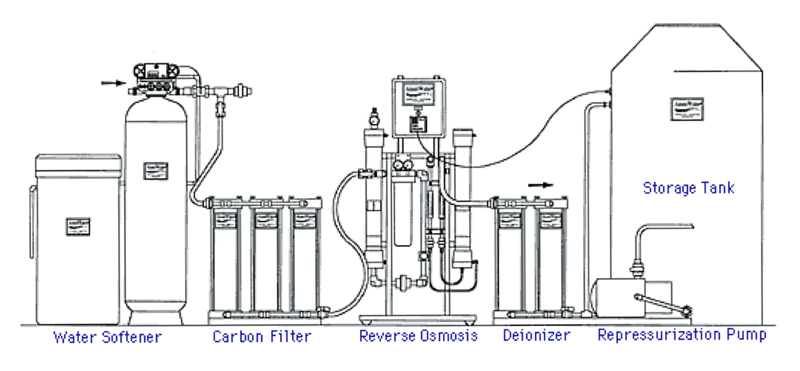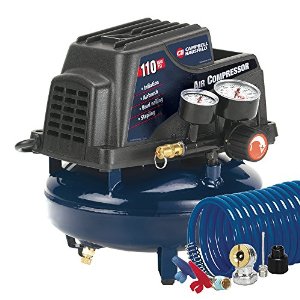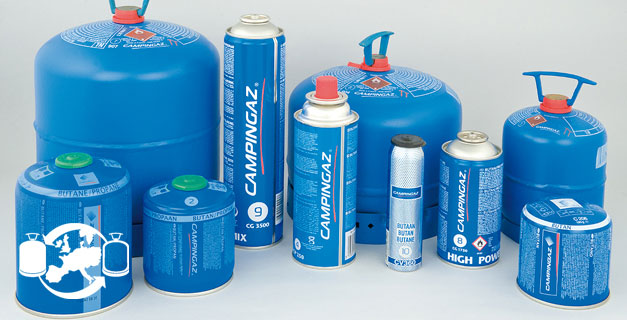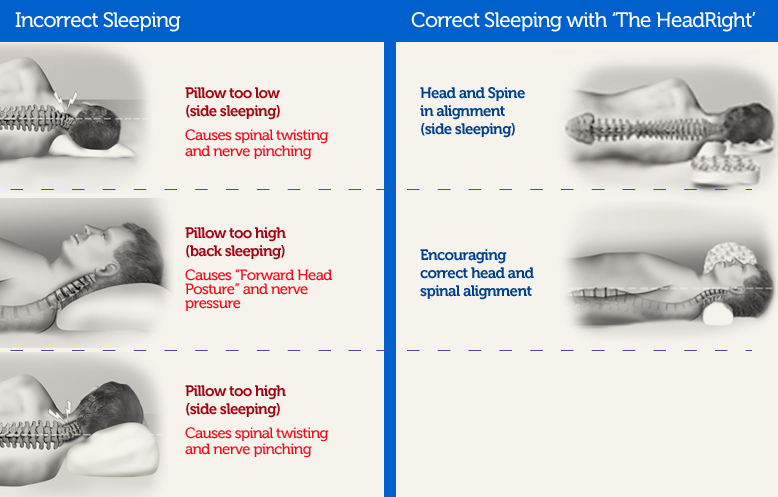Following quite a while of modern dumping, the majority of the country's water supply is debased with overwhelming metals and constant natural contaminants. Regardless of the fact that your faucet water happens to be sufficiently protected to drink, just like the case in the vast majority of the nation, your water will even now contain a base level of chlorine.
To be accurate, chlorine in the water comes as chloramine. Civil water treatment focuses infuse a blend of chlorine gas and smelling salts, which respond to frame chloramine.
Chloramine does not vanish as promptly from water as does chlorine. This is irritating for individuals who need to evacuate chlorine without filtering, however be grateful for this.
Chloramine's poor rate of vanishing means its sanitizing properties stick around for more, which means won't become ill from some water that has been lounging around in a central pipe for a week.
Why would producers like to expel chlorine (ahem, chloramine) from their water? Chlorine slaughters organisms, a property that exhibits a difficult issue for cultivators that exploit gainful growths and microbes. You can dig this the more to get more accurate information.
Some confirmation additionally shows that chlorine in any structure may stunt establish development in plants. Chlorine likewise responds with natural mixes present in faucet water to shape trihalomethanes, poisonous chemicals that can likewise stunt plant development, be harmful to valuable microorganisms and may even collect in the cannabis buds that you wind up smoking.
Regardless of all the dangerous notices displayed about the potential perils of chlorine and its repercussions, one sort of water filtration can accomplish more mischief than great; not damage to you, but rather to your nearby water supply.
In particular, little scale reverse osmosis water filtration units waster tremendous measures of water for every gallon of clean water they convey.
Reverse osmosis utilizes high weight to compel the normal procedure of osmosis to happen in reverse. Typically, water particles stream from one side of a semipermeable film that has a low centralization of solutes (the contaminant) to the side that has an abnormal state of solute.
With no contribution of vitality, the two sides would in the long run equilibrate until both sides have an equivalent focus. In reverse osmosis, the system utilizes high weight to shape the normal procedure to happen in reverse, which means clean water streams from the messy side to the perfect side.
In any case, water needs to keep on flowing on both sides for the procedure to work, which means some water is constantly squandered.
Mechanical estimated reverse osmosis systems can make amazingly high weights meaning next to no water streams to squander, and up to 90% can get recouped.
Little, under-sink an even entire house units can't produce almost the same measure of weight, and just recoup around 15% of the water they expend; the rest goes to squander.






 There is a various types of gas bottles to choose from regard to size and weight. The relatively new lightweight gas cylinders have the advantage that they weigh less and are transparent, so you can easily see how much gas is left. Steel cylinders weigh the filled and emptied state, so we know approximately when they are empty - and otherwise when we run out of it. Lightweight bottles available as 5, 6, 10 and 13 kg bottles. Steel cylinders are available from 2 to 11 kilos.
There is a various types of gas bottles to choose from regard to size and weight. The relatively new lightweight gas cylinders have the advantage that they weigh less and are transparent, so you can easily see how much gas is left. Steel cylinders weigh the filled and emptied state, so we know approximately when they are empty - and otherwise when we run out of it. Lightweight bottles available as 5, 6, 10 and 13 kg bottles. Steel cylinders are available from 2 to 11 kilos.
 Just that there are so many different kinds of gas cylinders and regulators, so it can make it quite difficult to bring bottles abroad. So if you want to be safe, so leave, if possible, all gas at home. AGA Nordic and BP Gas in Denmark have signed an agreement on free exchange of composite bottles. The agreement means that AGA AS their propane dealers receive foreign composite bottles of the same type. (
Just that there are so many different kinds of gas cylinders and regulators, so it can make it quite difficult to bring bottles abroad. So if you want to be safe, so leave, if possible, all gas at home. AGA Nordic and BP Gas in Denmark have signed an agreement on free exchange of composite bottles. The agreement means that AGA AS their propane dealers receive foreign composite bottles of the same type. (





 RSS Feed
RSS Feed
